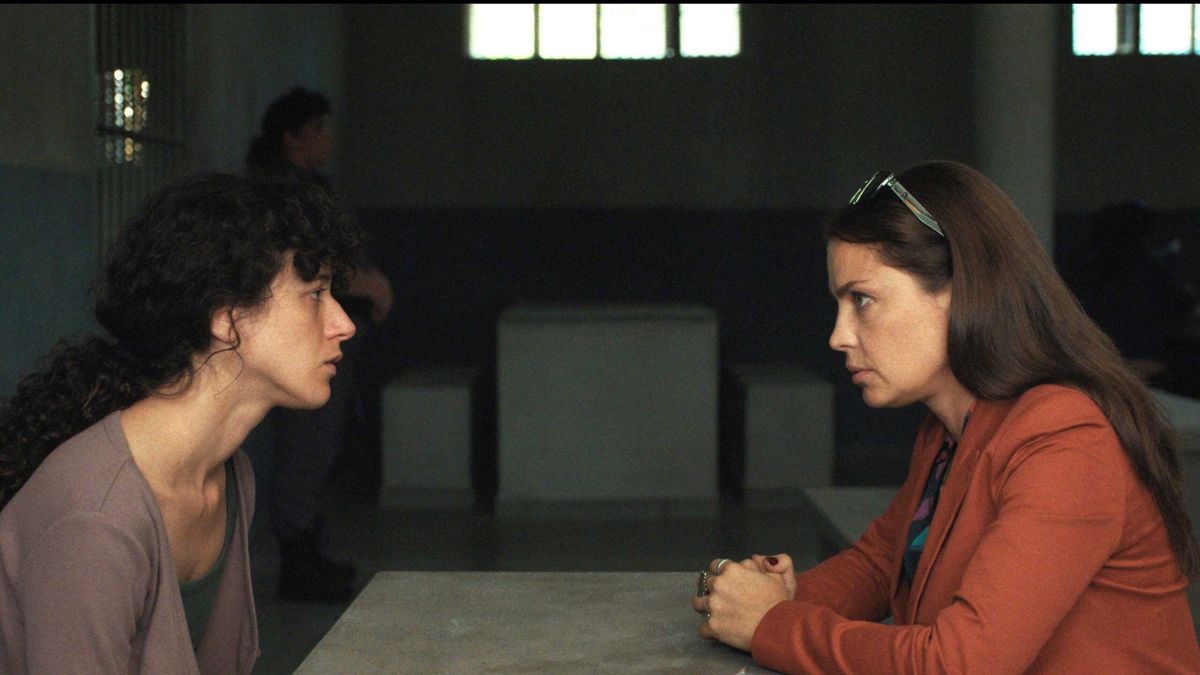Jane Stock is a technology author, who has written for 24 Hours World. She writes about the latest in technology news and trends, and is always on the lookout for new and innovative ways to improve his audience’s experience.
Menu
How could energy prices evolve
Categories
Most Read
In a complex regional context, the IMF insists that Argentina accumulate reserves
October 17, 2025
No Comments
Tricks to avoid paying for your suitcase on the plane
October 17, 2025
No Comments
The countryside asks for a zero withholding scheme to be reached and for Argentina to open up to the world
October 17, 2025
No Comments
Give your mom breakfast and pay with a 30% discount
October 17, 2025
No Comments
Climate: Climate protection package for shipping has failed for the time being
October 17, 2025
No Comments
Latest Posts

Loaded billboard: weekend with five national premieres
October 17, 2025
No Comments
Lisa HarrisI am an author and journalist who has worked in the entertainment industry for over a decade. I currently work as a news editor

Two strong supports for the Oscar race of “Belén”
October 17, 2025
No Comments
Lisa HarrisI am an author and journalist who has worked in the entertainment industry for over a decade. I currently work as a news editor

The tribute that Boca will pay to Miguel Ángel Russo in La Bombonera
October 17, 2025
No Comments
October 17, 2025 – 15:03 Boca is preparing an emotional tribute to Miguel Ángel Russo for the first match at the Bombonera, after his death,
24 Hours Worlds is a comprehensive source of instant world current affairs, offering up-to-the-minute coverage of breaking news and events from around the globe. With a team of experienced journalists and experts on hand 24/7.

